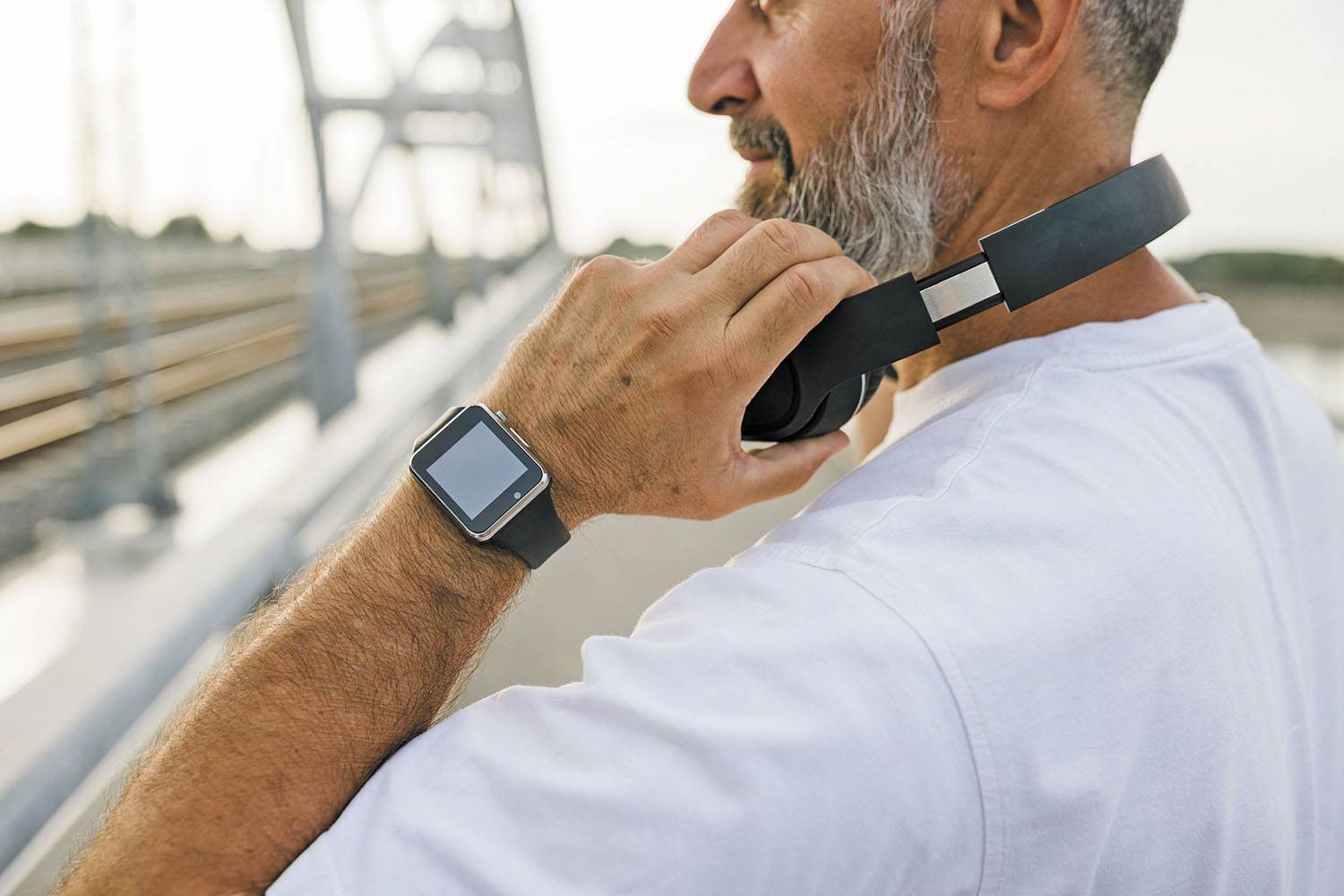The latest in medical alert systems
Cell phone and "smart" technology are making the devices more convenient.
- Reviewed by Anthony L. Komaroff, MD, Editor in Chief, Harvard Health Letter; Editorial Advisory Board Member, Harvard Health Publishing

Medical alert systems have come a long way since they first became popular in the 1980s. Like most gadgets, they've taken a big leap forward as technology has advanced, especially in the past few years.
One exciting development is the ability to integrate a medical alert monitoring service with an electronic gadget you already have, such as a smartphone, smart watch, or a smart speaker. But the marriage is still young. "While the integration has progressed, there's a long way to go before these tools become mainstream. Use of smart speakers in households is still relatively low, and medical alert companies are very cautious about adopting these new innovations. Still, there is great potential," says Dr. Joseph Kvedar, a Harvard Medical School professor and editor in chief of the journal npj Digital Medicine.
What types of systems does that leave us with in 2023? Here's a look.
Monitored home systems
Monitored home medical alert systems typically consist of a waterproof alert button (worn as a pendant or watch) that can transmit a signal to a base unit. The base plugs into your landline.
When you press the button, if you're within range of the base (about 1,000 feet), the base calls a monitoring center. Trained operators then talk to you through a speaker in the base and can call your loved ones or paramedics.
One new aspect of these systems is that some now come with built-in cellphone technology, meaning they don't require a landline. And some companies now offer systems that consist only of a voice-activated cellphone (it looks like a speakerphone) that connects you to a monitoring center when you call out to it.
On the horizon: a voice-activated unit that can contact a monitoring center and function as a smart speaker — a small tabletop speaker with a virtual assistant that connects to the Internet, understands your voice commands, and carries out tasks.
Monitored portable systems
Thanks to cellphone technology, you can now get an alert button that can contact a monitoring center without a base unit. Most of these devices are waterproof and look like small garage door openers. You can keep the device in your pocket or wear it around your neck or clipped onto your waistband, and it will work anywhere there's cellular service.
These alert buttons have speakers, so you can talk to an operator. They might also have fall detection capability and global positioning system (GPS) technology, which enables operators to send help to your exact location. Many portable devices can also be paired with a medical alert company's app that allows your family to communicate with you and see where you are.
A recent development: Some devices look like a smart watch, with a button to call for help along with other features typical of smart watches, such as a pedometer, heart rate monitor, weather app, calendar reminders, and even the ability to receive texts.
Monitoring service only
Do you already own a smartphone, smart watch, or smart speaker? You might be able to get medical alert monitoring services for it, without buying any other equipment.
For example, if you have an Amazon Echo device (a smart speaker), you can pair it with Amazon's Alexa Together, a subscription medical alert monitoring service.
And some companies, such as Lively (www.lively.com), now offer a subscription medical alert monitoring app, which you can download to a smart speaker or a smart watch.
Costs and alternatives
Medical alert monitoring isn't cheap. Costs range from $20 to $50 per month, depending on the company and any additional services you select (such as fall detection or apps that enable your family to connect to your device). There may also be fees for activation and equipment (up to a few hundred dollars).
The alternative is to get an alert system that isn't monitored. You can get a smart speaker and have it call your emergency contacts (but not 911, due to regulatory hurdles). Your smartphone probably already has an emergency button built into it (these features vary by phone; for instance, you might press and hold the side button). You can also download free "panic button" apps for your smartphone or smart watch that will notify your emergency contacts that you need help.
And many nonmonitored safety button devices are available online for less than $50; you can pair one of these with your smartphone to contact loved ones in an emergency. But will your loved ones see these notifications? Will they be able to reach you? These are all important considerations.
One thing is certain: as technology continues to improve, so will our options.
Image: © Eleganza/Getty Images
About the Author

Heidi Godman, Executive Editor, Harvard Health Letter
About the Reviewer

Anthony L. Komaroff, MD, Editor in Chief, Harvard Health Letter; Editorial Advisory Board Member, Harvard Health Publishing
Disclaimer:
As a service to our readers, Harvard Health Publishing provides access to our library of archived content. Please note the date of last review or update on all articles.
No content on this site, regardless of date, should ever be used as a substitute for direct medical advice from your doctor or other qualified clinician.
















